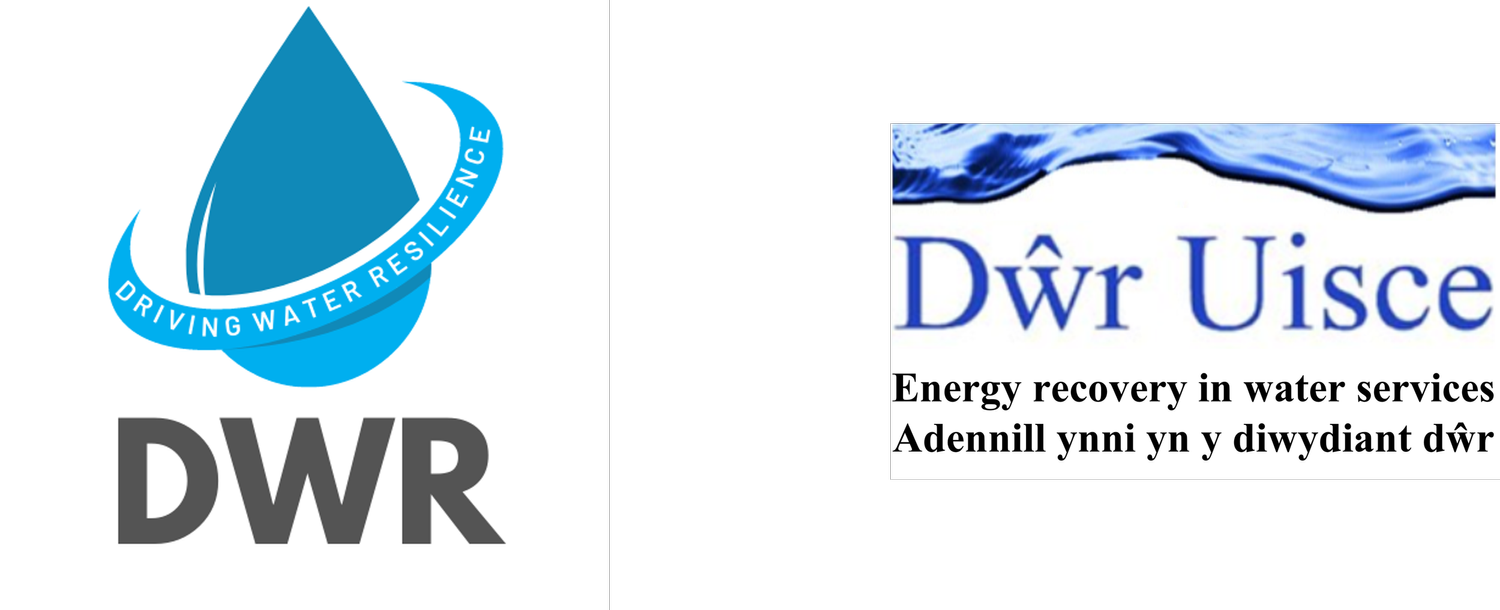Benchmarking of Water Networks to Deliver Efficiency
Benchmarking is regarded as a valuable tool for increasing efficiency because it can be used to evaluate the comparative performance of companies, enabling meaningful sharing of best practices.
Our work encompassing water and sewerage companies across the UK and Ireland found that economic and environmental inputs could reduce by 19.4% and 15.8%. Economic analysis was based on how well companies spend on capital projects and operations relative to their major service outputs of producing and treating water. The environmental assessment evaluated the same outputs but investigated how much operational and embedded carbon companies produce in order to carry out their services. Figures 1 and 2 display the relative performance of UK and Ireland companies, along with how more statistically rigorous methods can affect the rankings.
Figure 1. Efficiency scores and rankings for the economic efficiency analysis. An efficiency score of 1 = optimum efficiency, the further scores are away from 1, the less efficient they are.
Figure 2. Efficiency scores and rankings for the environmental efficiency analysis. An efficiency score of 1 = optimum efficiency, the further scores are away from 1, the less efficient they are.
We have also identified important factors influencing efficiency. Sourcing abstraction water from the surface as well as population density was significantly linked with higher level of efficiency. These exogenous factors are beyond the control of water companies, and thus need to be corrected for when benchmarking. Water consumption per capita displayed a negative association with environmental efficiency, whilst leakage rate showed a negative effect on economic efficiency. These factors are at least somewhat within the control of water companies, and therefore should be prioritised to improve efficiency. Furthermore, we found that the degree of catchment rurality significantly influences the efficiency of water service companies. More rural catchments are associated with higher water company total spend and higher greenhouse gas emissions per property connected is. Operational data correlations suggest that this is a consequence of a greater number of smaller decentralised sewage treatment works in more rural areas. A full version of the research outlined here is available online.
Further research is now being undertaken to evaluate how efficiencies have changed over time in an attempt to highlight which performance enhancing measures have been successful.
Measuring Efficiency in the Water Sector
We will carry out cross-border and cross-sectoral auditing and benchmarking assessment of energy efficiency measures, both on the water service provider and end-user side. This will help identify best practice in the water industry as we will compare the performance both across and outside of the region. In addition, we will explore best practice in other industries to inform this assessment and generate new concepts for performance improvements.
One of the greatest challenges that water sector faces is the cost effectiveness of decarbonising the sector. The reluctance of households and industry to adopt low carbon technologies usually stems from the additional cost associated with introducing these measures. Changes need to be made on the supply and the demand side of the water to achieve target emissions.
A study is being conducted to estimate water related energy use and the emissions resulting from it for households through the estimation of marginal abatement cost curve (MACC) for energy efficiency measures. The MACC approach is a framework used to identify cost effective greenhouse gas (GHG) mitigation methods. It is used in the study to assess various energy efficiency measures in households and to determine which mitigation methods are the most cost effective in saving energy as well as in reducing the GHG emissions thus improving efficiency of the sector as a whole.
Recommendations would be given based on specific housing type to ensure that the maximum abatement of GHG can be achieved with the lowest costs incurred by the household. Later on, the abatement potential of high water using industry would be measured to help identify the best practices.
Performance of the water industry
Using existing practices and guidance on benchmarking in the water sector, a cross-border benchmarking of systems, performance and practices will be carried out within the water industry. This will offer a learning-orientated benchmarking programme where Irish and Welsh water organisations will be able to compare the performance of their own utilities.
Comparing with other sectors
Work will also be extended to other public sectors where efforts for energy efficiency and innovation have been made. This will include industries such as the tourism/hospitality, other natural resource sectors such as forestry, and public buildings shall be included.
Regional performance on global platform
Finally, the benchmarking performance of the water sector in Ireland and Wales will be compared to other water companies and countries to enable similar learning from other water utilities within the EU. This will help identify exemplars of best practice in differing energy efficiency technologies or energy saving policy.




